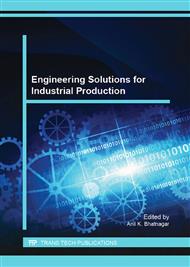p.59
p.68
p.73
p.78
p.83
p.88
p.93
p.98
p.103
Effects of Mission Requirements on Primary Parameters of Wing-Sail Solar-Powered Aircraft
Abstract:
Solar-powered aircraft of wing-sail configuration employ sail tails mounted with photovoltaic (PV) modules, which could maximize solar energy absorption by rotation around individual roll axes or by yawing control of the aircraft. The guidelines of determining primary parameters for the wing-sail configuration differ significantly from solar-powered aircraft of conventional configuration. Effects of top-architecture mission requirements under the constraints of energy balance and mass balance are explored to investigate flight principles of the wing-sail configuration. The results show that the wing-sail has more potential for year-round operation at wide latitudes, equilibrium ceiling capacity of the wing-sail still differs significantly in a whole year: higher near summer and lower near winter and larger payload mass leads to higher payload-carrying capacity.
Info:
Periodical:
Pages:
83-87
Citation:
Online since:
July 2015
Authors:
Price:
Сopyright:
© 2015 Trans Tech Publications Ltd. All Rights Reserved
Share:
Citation:


